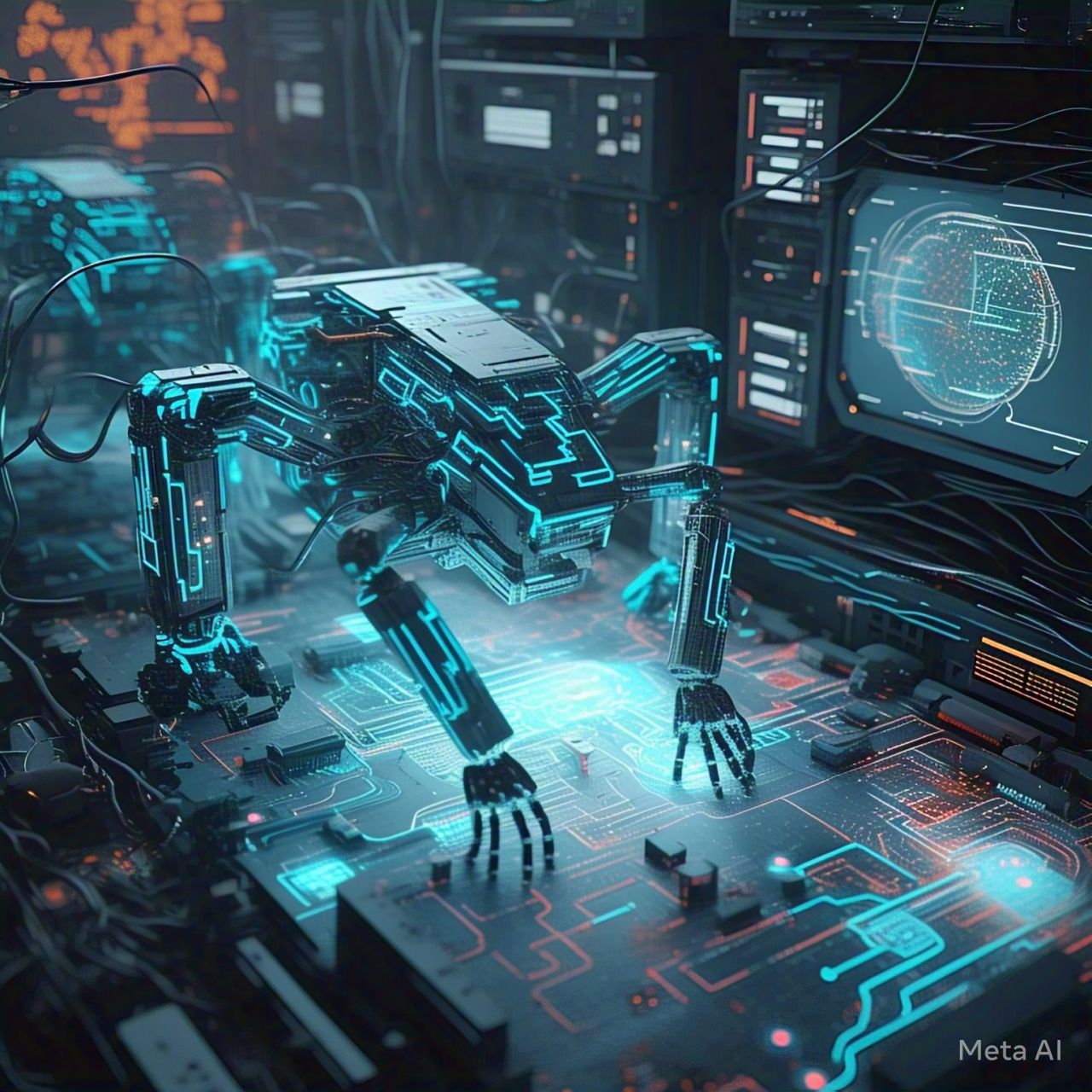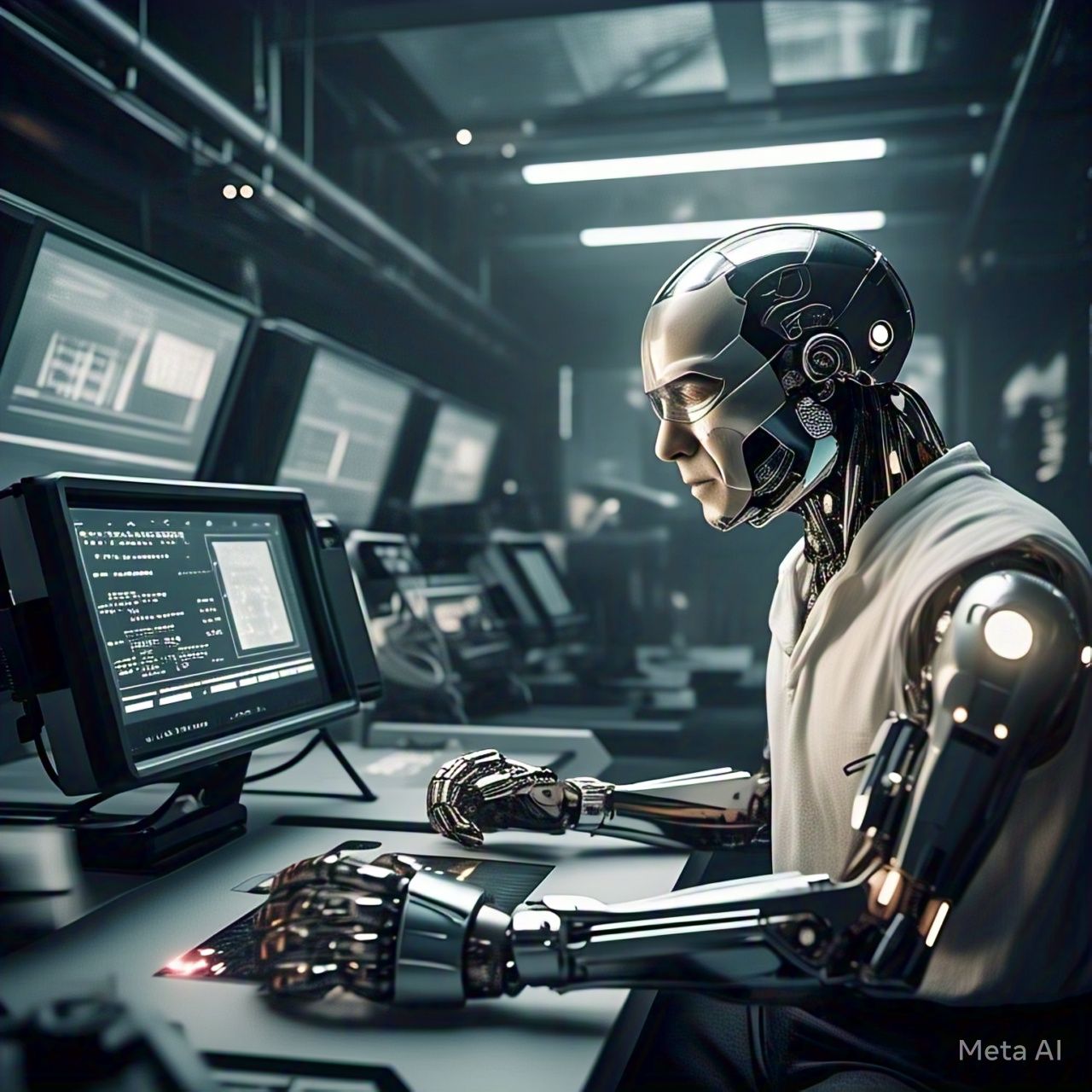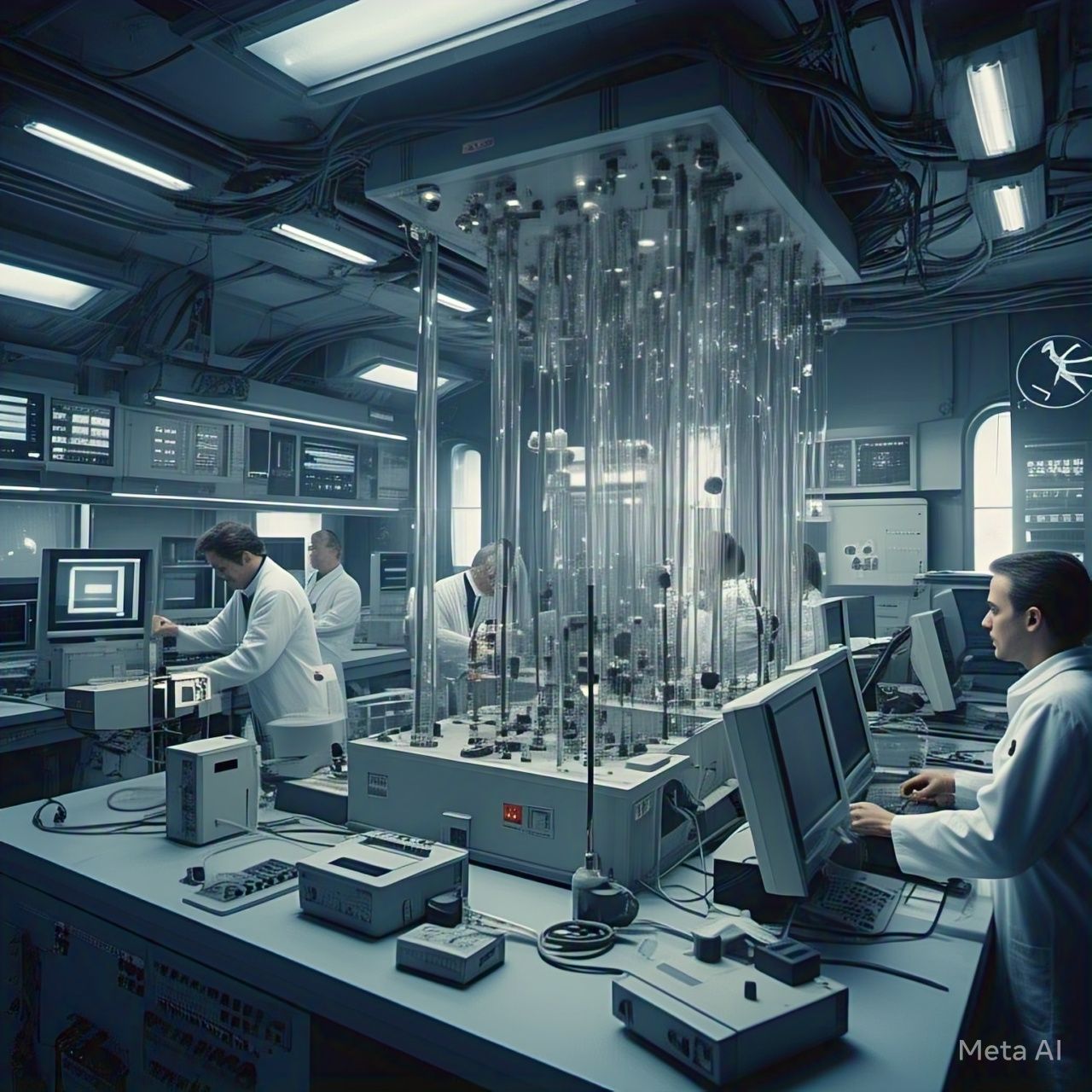Introduction
In the era of big data, businesses, researchers, and analysts rely heavily on web crawlers to extract valuable insights from the internet. Traditional web crawling techniques, while effective, often struggle with scalability, dynamic content, and complex website structures. Enter artificial intelligence (AI) and deep learning—technologies that are revolutionizing data mining by making web crawlers smarter, more efficient, and adaptive.
This article explores how AI-powered web crawlers, driven by deep learning, are transforming data mining processes, addressing challenges, and unlocking new possibilities for industries.
The Evolution of Web Crawlers
Traditional Web Crawlers
Traditional web crawlers follow predefined rules and algorithms to navigate websites and extract data. These crawlers rely on:
- Static scraping rules: Hardcoded rules that define which elements to extract.
- Link-following algorithms: Mechanisms that traverse websites using hyperlinks.
- Keyword-based indexing: Identifying and categorizing content based on keywords.
However, these conventional techniques have limitations:
- Inability to adapt to dynamic website structures.
- Difficulty handling JavaScript-rendered content.
- High maintenance costs due to frequent website changes.
AI-Powered Web Crawlers
Deep learning and AI have revolutionized web crawling by introducing self-learning mechanisms that adapt to new web structures without manual intervention. These AI-driven crawlers:
- Leverage Natural Language Processing (NLP) to understand the context of content.
- Utilize Computer Vision to analyze and extract data from images and videos.
- Employ Reinforcement Learning to optimize crawling efficiency and resource allocation.
How Deep Learning Enhances Web Crawling
1. Adaptive Content Extraction
Traditional crawlers struggle when websites change their layouts or update their HTML structures. Deep learning models, particularly convolutional neural networks (CNNs) and transformer-based architectures like BERT, allow crawlers to:
- Recognize and extract relevant data despite structural changes.
- Identify important sections of a webpage contextually.
- Classify and organize extracted data more accurately.
2. Handling JavaScript-Rendered Content
Many modern websites rely on JavaScript frameworks such as React, Angular, and Vue.js. AI-powered crawlers can:
- Simulate human interactions using headless browsers (e.g., Puppeteer, Selenium).
- Detect dynamically loaded elements and extract hidden content.
- Improve efficiency by prioritizing essential data over unnecessary elements.
3. Automated Data Labeling and Classification
Deep learning algorithms, especially NLP models, enhance data mining by:
- Automatically categorizing extracted content.
- Performing sentiment analysis on social media and news data.
- Recognizing named entities (e.g., brands, locations, and products).
4. Improved Crawling Efficiency with Reinforcement Learning
Reinforcement learning enables AI-powered web crawlers to:
- Optimize their crawling strategy by learning which websites provide the most valuable data.
- Reduce bandwidth consumption by avoiding redundant pages.
- Enhance crawling speed through smart scheduling and prioritization.
Applications of AI-Powered Web Crawlers
1. E-Commerce and Competitive Analysis
- Monitoring competitor pricing, product availability, and customer reviews.
- Tracking consumer trends and emerging market demands.
2. Financial and Stock Market Analysis
- Extracting real-time stock prices and financial news.
- Analyzing market sentiment to predict stock movements.
3. SEO and Digital Marketing
- Tracking keyword rankings and backlinks.
- Monitoring content performance across multiple platforms.
4. Cybersecurity and Fraud Detection
- Identifying phishing websites and malicious domains.
- Detecting fake news and misinformation campaigns.
The Future of AI-Driven Web Crawling
As deep learning continues to evolve, AI-powered web crawlers will become even more sophisticated. Key future developments include:
- Self-learning crawlers that require minimal human intervention.
- Multimodal data extraction, integrating text, images, and videos.
- Ethical AI-powered scraping, ensuring compliance with data privacy laws.
Conclusion
Deep learning has revolutionized web crawling, making data mining more efficient, adaptive, and intelligent. AI-powered web crawlers are transforming industries by enhancing real-time data extraction, improving accuracy, and streamlining business intelligence. As technology advances, organizations that leverage AI-driven web scraping will gain a significant competitive edge in the data-driven economy.
By embracing deep learning in web crawling, businesses can unlock valuable insights, automate data collection, and drive innovation in an increasingly digital world.




